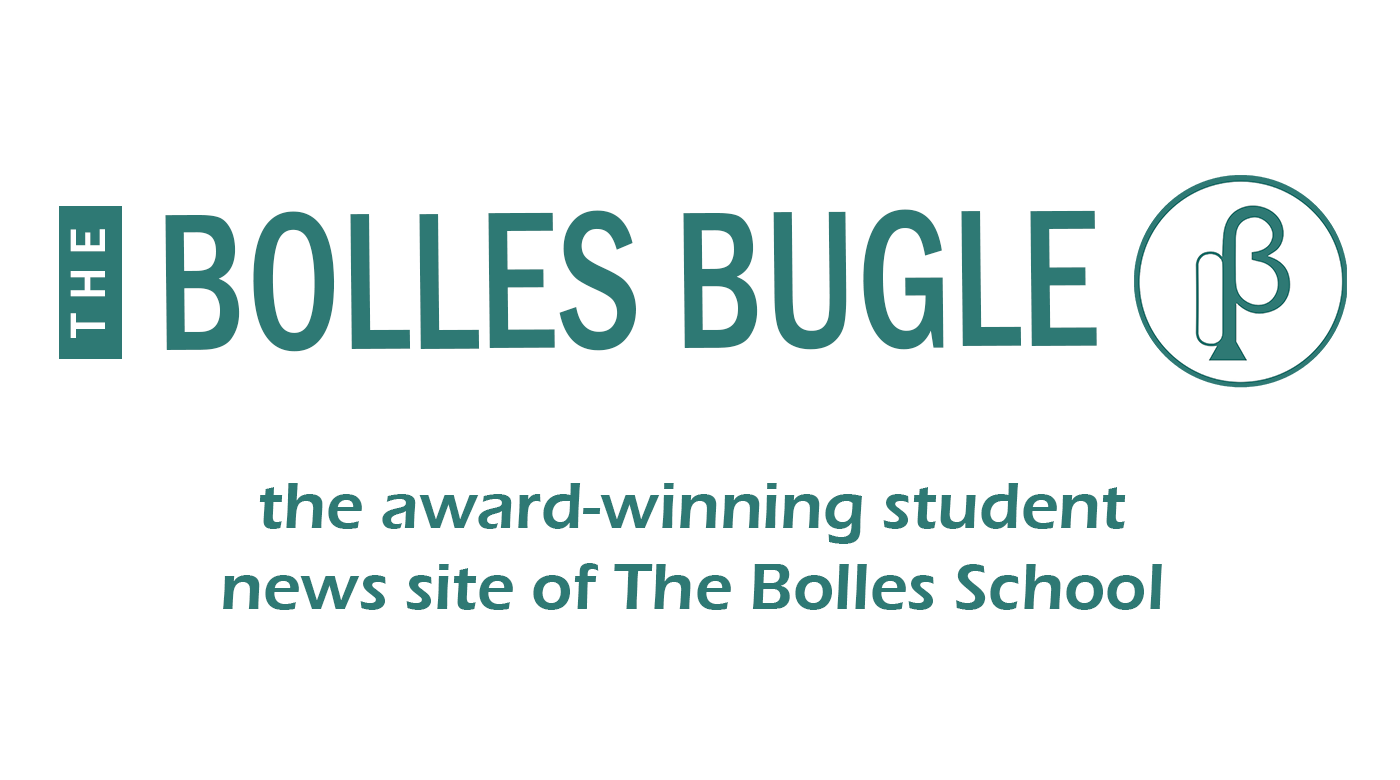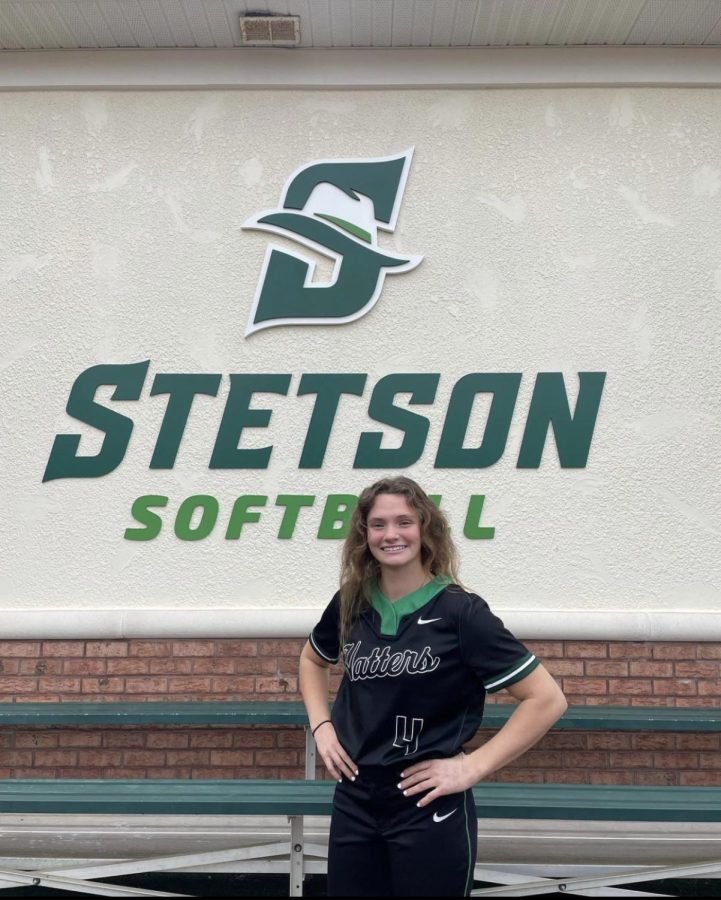Recruitment 101: Navigating the NCAA, scouts, and Twitter
This past January, McClerren went to Stetson with other 2022 recruits to meet her teammates, tour the campus, and explore Deland, Florida.
“If your GPA is 3.5 or above, it’s going to open so many more doors than if you’re a great player but have a 2.6 and an 800 on the SAT – it’s a hard sell,” Coach Josh Hoekstra explained about the recruitment process.
For many students, athletics serves an important role in their education. Many work to excel in their sport in hopes of continuing their athletic career in college. As soon as freshman year starts, students begin building both their academic and athletic profile.
Coach Hoekstra helps lead student-athletes towards college. When he is not directing football players on the field, he is guiding students from all sports through the recruitment process. As a former college athlete himself, at Trinity Christian College and then Jacksonville University, Hoekstra offers insightful perspective on what it takes and how to become a college athlete.
The recruitment process is complicated and varies by sport, NCAA or NAIA level, and academic competitiveness. “Every school is going to do it a little bit different,” Hoekstra stated, “It happens in waves and the first is going to be the top 25 programs. They come in early.” That is why, in some sports, athletes give their verbal commitment as early as freshman year.
When helping athletes begin their college search, Hoekstra takes into account the whole person. He gets background on the student and how long they have been playing before they work together to build a list of target and dream schools. Hoekstra then focuses the student on what he calls “the big factors.” He asks them, “What are the big factors? Is it location? Is it playing time? Is it cost? Is it the name of the school?”
Anabella McClerren ‘22, a Stetson University softball commit, chose her school based on the same big factors Hoekstra described. McClerran described her reasoning, “It’s really beautiful including the softball fields, it’s a private school, and it’s close to home.”
With the big factors, academic record, and athletic talent in mind, Hoekstra begins helping students reach out to coaches and create highlight reels or “tapes” of their performance.
These tapes are then posted onto athletic sites like HUDL and social media for scouts to find and contact possible recruits. Hoekstra explained, “College coaches, at least a majority of them, use Twitter because then if they are sitting in an airport they can go through their Twitter and see a guy.”
McClerren used Twitter to gain attention from scouts and show off the hard work she puts into her craft. McClerren elaborated, “I do a lot of agility work and they see that and they like that more than just looking at the stats.”
Similar to McClerren, track and football athlete Kayvon Miller ‘23 spends upwards of four hours a week managing his Twitter. He checks on his twitter around three times a day, mostly posting his tapes, but occasionally uses the site to “show I have a personality.”
Camps can also help athletes gain the eye of scouts. Stetson University first noticed McClerren at a summer softball camp where many college scouts were present. Additionally, her travel team tournaments gave McClerren exposure to college coaches.
Hoekstra advises, “It helps if you play on a travel team, because you play all summer and get seen by so many college coaches, as opposed to if you came to a Bolles softball game. The coaches aren’t here.”
For most athletes, as they embark on their junior and senior years, offers begin to flow. Miller began receiving offers in the December of his junior year. Likewise, McClerren’s offers became more serious in the latter half of her junior year.
Through social media, like Twitter, classmates watch as athletes make posts of gratitudes to college programs that have made them offers.
“The tricky part about social media is you see this guy got offers from all these schools, but I wonder if they are committable,” Hoekstra explained the nuances of preliminary offers, “You [the athlete] can turn around and say, ‘Could I commit right now and take that spot?’”
Each team only has so many spots they can give to recruits. So while an athlete may have a conversation with a coach who gives a lackadaisical offer, the offer may not hold when it comes closer to signing and commitment.
However, suppose the offer holds true and the athletes arrive upon the various signing days. Depending on their sport, division, and athletic ranking, scholarships vary.
Hoekstra broke down the numbers, “What is important to understand is that about 2% of college athletes receive scholarships and I think it’s 7% of high school athletes go on and play [in college].”
Different divisions of the NCAA have varying athletic scholarship guidelines.For example, Division III of the NCAA does not allow programs to give athletes athletic scholarships, while Division I and II are allowed to receive such scholarships.
Scholarships get trickier based on sport and program. Many football scholarships are all or nothing, while scholarships for sports like swimming can account for 10% or less of tuition even at the most competitive Division I schools. Hoekstra described, “If you sign at Vanderbilt [football], for example, they’re paying for everything: room, board, books, a meal plan, and a little bit of money in your pocket to spend.”
Recruitment and its intricacies make the process seem daunting. When unsure, the best place to start is the NCAA’s website and a trusted coach. McClerren advised on recruitment, “Put all you have into your sport, get good grades, and make sure you give it all when you get on the field.”



